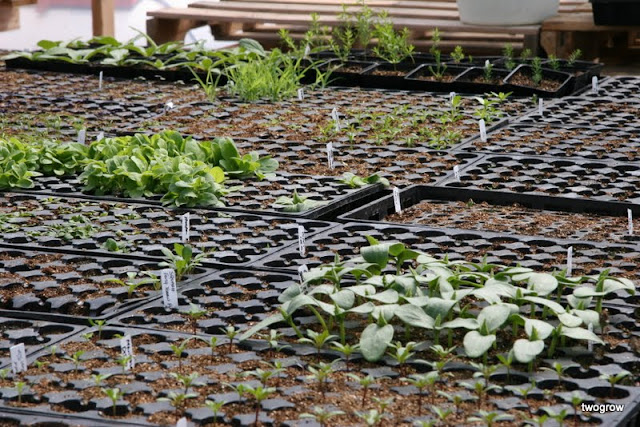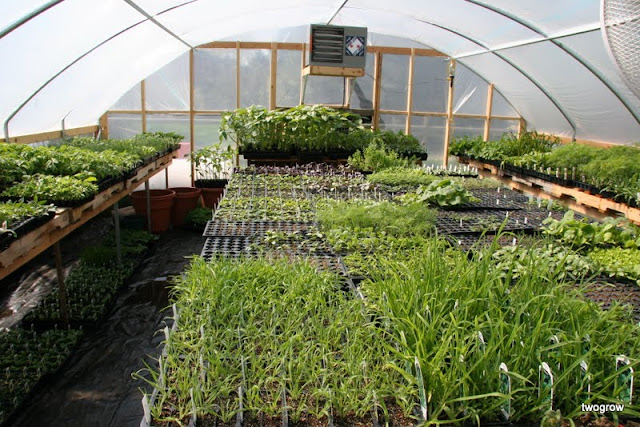Cat Grass?
The colors, the pictures, the rainbow spinning and whirling in front of their eyes. Blossoms and vegies and ….cat grass? The instant my boys saw the picture of the cat sitting next to a tall plume of grass, they proclaimed the seeds their own. A quick story played out: our neighbor cat slinking up, discovering the treat and indulging in this sweetest of grass for cats after they carefully plant and cultivate the seed. The cat will enjoy it with a treat or maybe a mouse or two from the lot down the street.
The seeds came home, a special pot was selected, dirt was layed and the seeds were spread ever so carefully in the dirt and covered (possibly a little too deeply). And, just because, a few nasturtium seeds were poked into the same pot.
Common Name: Cat Grass Variegated
Latin Name: Hordeum vulgare
Planting: An annual, planted as other grasses, simply sprinkled on the soil. Needs full sun and reaches 2-3 feet in height.
Note: “For cats & gardens”
And now we await the emergence of our cat grass.
Later to be served, no delivered….in a bowl, to our neighbor cat “Smitty” for enjoyment. We’ll let you know how it turns out!



